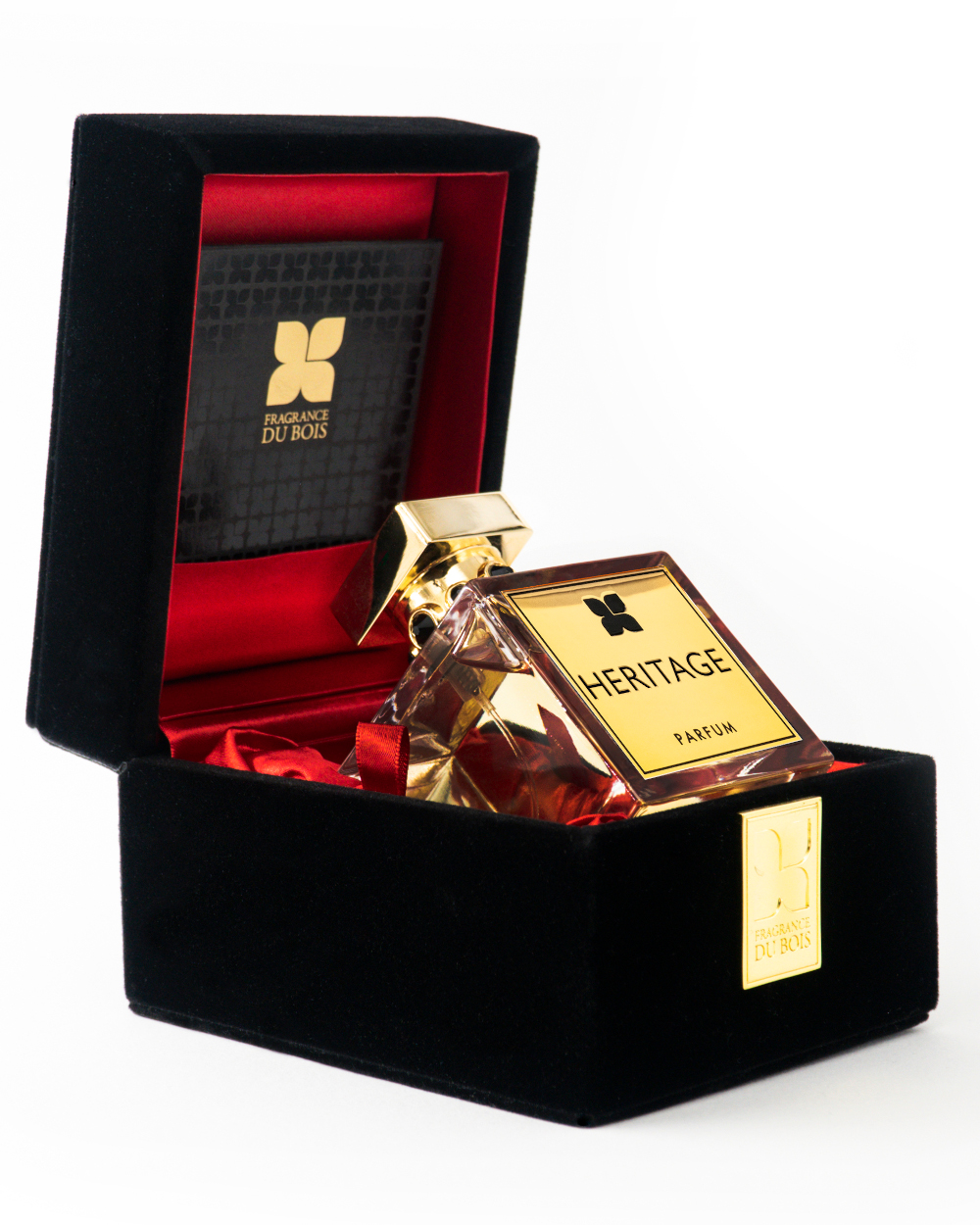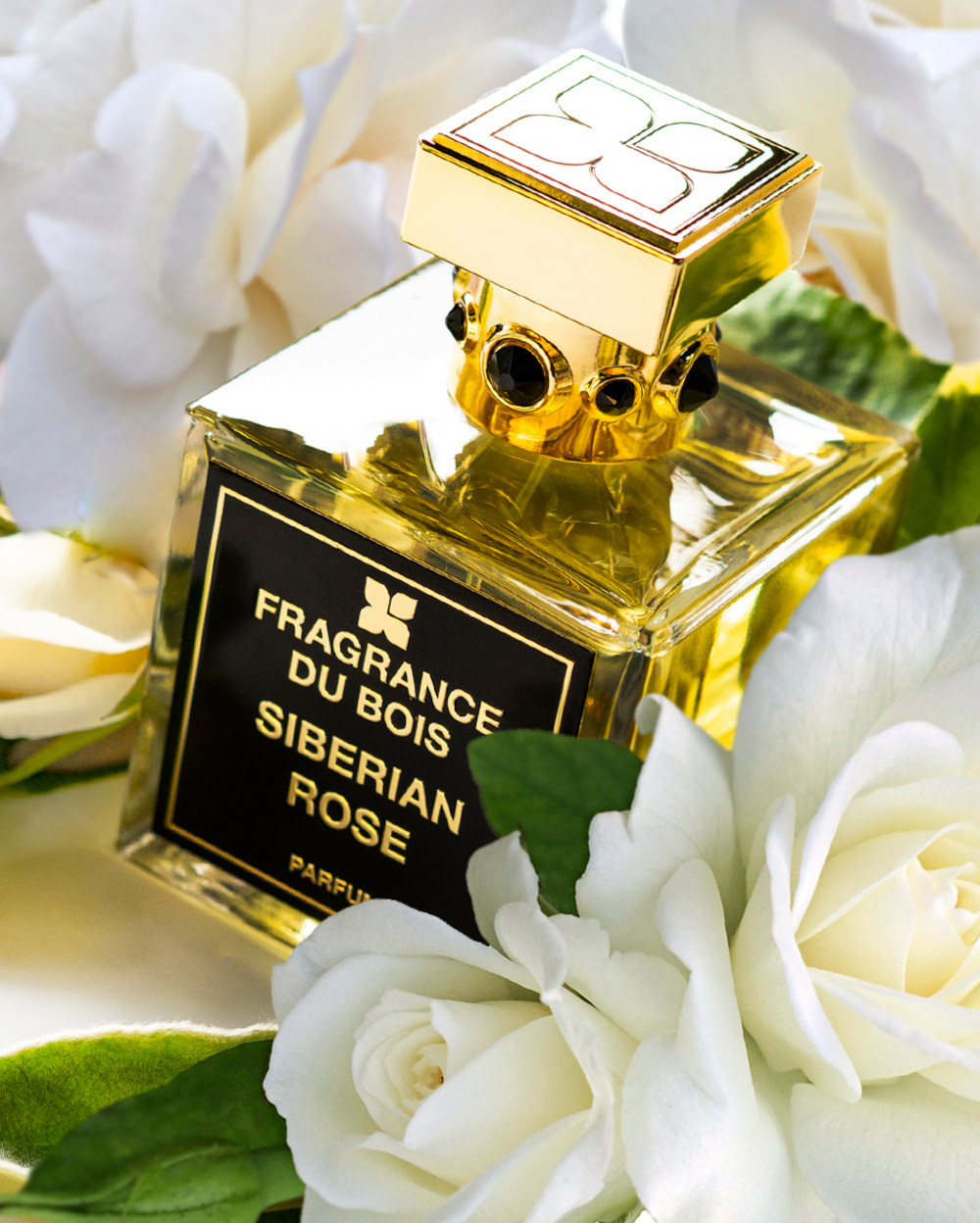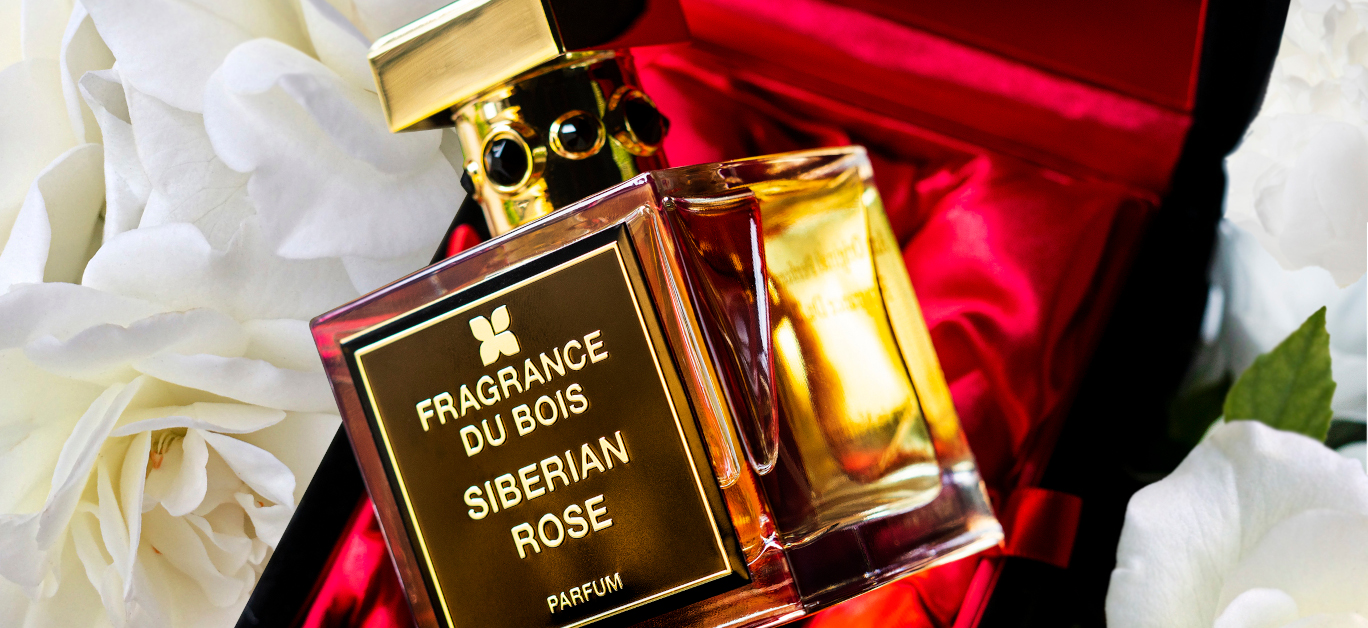Before I get on to the subject of beautiful perfumes to gift your loved ones this Christmas, here’s a question for you: what do whisky and perfume have in common? Well, there’s whisky and perfume, and then there’s Whisky and Perfume.
Did you know that the world’s best whisky can set you back around £60,000? The savvy among you will know that prices like this don’t necessarily reflect the best whisky alone; it’s a combination of excellent whisky-making technique and marketing, but without a doubt a truly excellent whisky must be a single malt of unique, rare and aged vintage.
To illustrate my point, there’s a story about a group of new owners who took over a whisky distillery in Scotland decades ago, who failed to understand that natural water played an enormous part in the flavour of a good single malt. They decided to use tap water and, needless to say, it was a disaster. To this day there is no vintage whisky from the year of their experiment! An excellent Laphroig or Lagavullin single malt whisky, for example, requires the unique peaty water that flows in the west coast of Scotland, it simply can’t be reproduced.
Likewise perfume. When you’ve immersed yourself in scent for a few decades, the offerings of many mainstream perfumes can be disappointingly thin, lacking complexity or the quality that makes you feel you can sink your nose deliriously in to a scent – the sense of complexity and pleasure.
Aroma chemicals can be an effective aspect of ‘opening out’ a perfume, so that it lifts off the skin, or they might extend ‘longevity’ via synthetic musks, but, it’s the quality of naturally produced perfume materials, such as rose or jasmine (Chanel for example grow their own rose and jasmine to ensure the highest quality absolutes) that give perfumes their depth, complexity and character.
Possibly the world’s most luxurious perfume material is oud; a substance extracted from the Aquilaria tree. The best oud, which like a good whisky, has been aged to enhance the complexity of its scent, can cost more than gold. That’s not only because of its scent though, it’s also the rarity of Aquilaria trees, whose numbers have been severely depleted because of the demand for oud-related products. In fact, the tree is now almost extinct.
Introducing Fragrance du Bois

Enter Fragrance du Bois, a company that began as an oud producer, though with a difference. Around nine years ago, they launched Fragrance du Bois, and began producing their own perfumes, though the oud which plays a starring role in their perfumes is from sustainable plantations. Nicola Parker, brand director, assures buyers that;
“At Fragrance Du Bois, our promise to you is that we use only 100% pure, sustainable and the highest quality natural perfume oils and extracts from sustainable sources around the world.”
This is good news indeed for oud aficionados worldwide, since oud is now a much sought after scent in the west, as well as the places of its origin in the Middle and Far East.
It explains the relatively high cost of their perfumes, with 100ml of perfume costing between £200 to £600, depending on the quality and amount of oud in each perfume. The confusing thing is that many western oud-based perfumes are actually synthetic, or partly synthetic, so with Fragrance du Bois you know that you are experiencing the real thing.
I’m going to focus here on four very different perfumes from their range, to reflect the diversity of the house (who commission highly respected ‘noses’ to create perfumes with an unlimited budget) and the fact that oud is highly versatile. It’s a perfume material that can add subtly to a composition, or dominate almost as a solo note. Like iris (orris butter) in perfume, for example, it is a perfume in itself.
Firstly, I must talk about the exquisite packaging. The perfume is contained in a black textured box within which a black velvet box is nestled (at this stage if you didn’t know it was perfume you might expect a diamond bracelet!) Lifting the lid reveals a heavy glass bottle with bejewelled neck on a bed of crimson satin. The cap is pleasingly weighty and magnetised, and the spray diffuses perfectly.
Heritage, by Fragrance du Bois

I’ll start with this very elegant perfume, which, as the name suggests, refers to a classic style of perfumery. Opening with aldehydes, which will remind you of a classic Chanel such as No. 5, Heritage starts cool and soapy, slightly austere. Into heart notes however (after around ten minutes on skin) it becomes smooth and warm, oud entering the composition more obviously once the aldehydes have settled.
I’m most reminded of Chanel’s No. 22, except that 22 starts sweetish but then gets more prim on my skin, whereas with Heritage it’s the opposite way around – it becomes more sensuous. Absolutely a winner for those women who enjoy a lightly poised elegant classic (no sugary frills) just the right balance between elegance and warm sensuality.
Milano, by Fragrance du Bois

From a series inspired by cities of the world, this sophisticated woody, musky scent is one that will appeal to contemporary tastes. The opening is fruity/woody, almost sweet. Once it settles though, Milano floats in the air around you like a low hum of relaxing music – sustained and warm. It does have an edge though; the oud in Milano is complemented by a leather note. I’d say that it’s perfectly unisex, being neither too sweet, nor too hard-edged.
Some might perceive its sillage as soft but I think that would be inaccurate; the musks in Milano diffuse steadily into the atmosphere, and it’s this quality that suggests a perfume which would appeal to the young contemporary buyer. I’m reminded of highly popular scents by Escentric Molecules – with their woody musky ambience, except that Milano is smoother, more natural and decidedly easier on the nose!
Siberian Rose, by Fragrance du Bois

Most women love a classic tuberose scent. Or at least those women who like to make a statement. Tuberose is known in perfumery as a bit of a diva. You can’t add her to a perfume composition and expect her to hide behind the curtains. A huge, fleshy white floral scent that in some perfumes is reminiscent of bubble gum, and in others tropical sun tan lotion. Add a dark fruity aspect and you have that perfume time bomb Poison by Dior.
On the other hand, a diva trained into excellence is a star. I’m thinking of tuberose classics such as Piguet’s Fracas – large and unrestrained, yet wonderful. Or those cool tuberose perfumes that seem bathed in light; Carnal Flower by Frederic Malle, Moon Bloom by Hiram Green.
Siberian Rose leans towards the latter in style. The humid white florals tempered with an edge of rose, leather and juniper (no oud in this composition as far as I know) – on opening you might find it unisex. Give it twenty minutes to blend with skin though, and you’ll see why women swear that it’s utterly feminine, while men swear it’s meant for them!
Sahraa, by Fragrance du Bois

Sahraa is my kind of perfume, by this I mean that it seems to meld with skin and it has a quality that makes me want to sink into it; intriguing, multi-faceted yet also easy on the nose.
I’m aware that contemporary perfumes lean towards a slightly linear, un-complex style, but for me the more mystery the better. I don’t want to know exactly what I’m smelling, I want perfume to be a sort of alchemy, because at its best it is!
Sahraa is one of the more expensive perfumes on offer from Fragrance du Bois, and this is because it features a beautifully aged oud in all its natural glory. While Sahraa opens with sparkling notes of grapefruit and is enhanced with the softness of notes such as sandalwood and saffron, oud is the star here. It’s like sinking deeply into amber velvet. Just gorgeous.
You can browse the Fragrance du Bois collection of over thirty nine perfumes on their website – fragrancedubois.com.






















